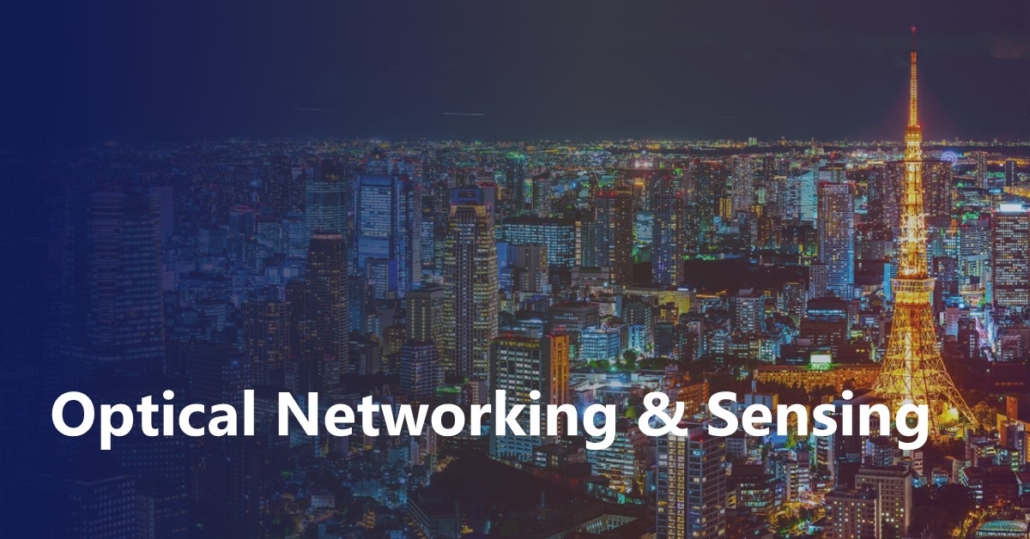Phase-noise Tolerant Per-span Phase and Polarization Sensing
Subsea cables include a supervisory system that monitors the health of the amplifier pumps and fiber loss on per span basis. In some of the cables, the monitoring is achieved optically and passively using high-loss loop back paths and wavelength selective reflectors. By sending monitoring pulses through the supervisory channel and comparing the phases and polarizations of the returning pulses reflected by consecutive reflectors, dynamic disturbances affecting individual spans can be monitored on a per span basis. Such per-span phase monitoring techniques require high phase coherence compared to DAS systems since the spans are 10s of kms long compared to typical DAS resolution of meters. A time-frequency spread technique was demonstrated to limit the coherence length requirement, however the limits of its effectiveness was not quantified. In this paper we present a detailed analysis of the trade-off between implementation complexity and the phase noise tolerance for given span length by lab experiments.


